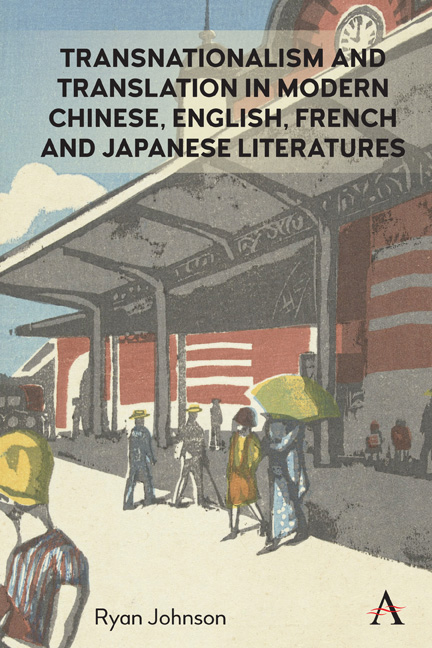Chapter Two - The Chou-Hughes Bardo Thödol and the Problem of Classification
Published online by Cambridge University Press: 20 January 2022
Summary
In 1958, Ted Hughes moved to America. At that time, Hughes was not the poetic institution that he was to become, nor the controversial figure that his relationship with his first wife, Sylvia Plath, was to make him. On the contrary, Hughes was a little-known poet who came to the United States in order for his new wife to take up a faculty position in English at Smith College. Hughes himself began teaching that year at the University of Massachusetts. During this time of change and uncertainty Hughes decided to spend time at the artist colony Yaddo in upstate New York. The move was to have far-reaching, if often subtle, influences on the rest of Hughes's career. It was also to generate an incomplete text the composition of which exemplifies the process of world formation in transnational and world literature: the libretto for a planned operatic adaptation of the Bardo Thödol, known best in the West as the Tibetan Book of the Dead.
Conceived in collaboration with the Chinese American composer Chou Wen-chung, whom Hughes had met at Yaddo, the Bardo is an operatic adaptation of Walter Evans-Wentz's 1927 The Tibetan Book of the Dead (hereafter, the Tibetan Book), a translation of texts related to Tibetan Buddhism. The opera was never staged, and we have very little direct knowledge of the Bardo, nor much knowledge of its intended audience, aside from the assumption that it would have likely been American or British. Neither Chou nor Hughes ever stated in detail what type of opera they envisioned the Bardo to be, nor did they explain but in passing the evident debt of the libretto script to East Asian and European theaters. To understand the Bardo, we need to examine both the unfinished Bardo text and the scraps Chou and Hughes left behind. Such a process reveals the Bardo as a fascinating, if failed, attempt to fuse East and West, an attempt that would preoccupy Chou and Hughes throughout their careers. The Bardo project takes us across disciplines, media, nations, and time periods, and, for good measure, includes attempts to define and transcend “Westerness” and “Chineseness.”
- Type
- Chapter
- Information
- Transnationalism and Translation in Modern Chinese, English, French, and Japanese Literatures , pp. 51 - 82Publisher: Anthem PressPrint publication year: 2020



